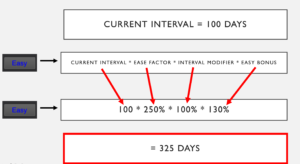

You will be taking the same shelf exam as every other medical student in the country, regardless of the specific medical school you’re studying at-though the weight of the shelf exams is extremely specific to each school, which we’ll touch on later. Shelf exams are designed to evaluate your medical knowledge as well as your ability to practically apply that knowledge. Elective rotations, such as dermatology, do not have shelf exams, as there’s not a nationalized, standardized rotation that every single medical student is required to take. Required rotations include internal medicine, family medicine, surgery, neurology, pediatrics, OB/GYN, and psychiatry. NBME medicine shelf exams are 165 minute exams that happen at the end of each core rotation, also known as clinical clerkship.
#DOWNLOAD ANKI FAMILY MEDICINE SHELF HOW TO#
You’ll notice that’s a common theme throughout this guide, but we’ve pointed out when you need to fall back on your school’s specific process as well as how to adapt your own study schedule. Note that many of the details around shelf exams vary from school to school. In this post, we’ll break down what shelf exams are, when they take place, and how to best prepare. That said, it’s also an incredibly challenging year, as in addition to spending upwards of 12-14 hours in the hospital each day, you will also need to find time to study for each of your core rotation shelf exams. After two years in the classroom, you’re finally in the hospital and interacting with patients.

The third year of medical school is a very exciting time. Premed & Medical Student Annual Scholarship.2020 Medical School Application Updates.


 0 kommentar(er)
0 kommentar(er)
